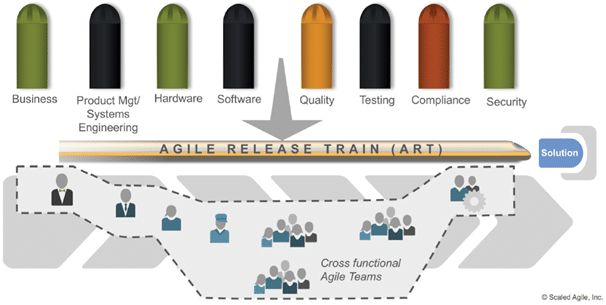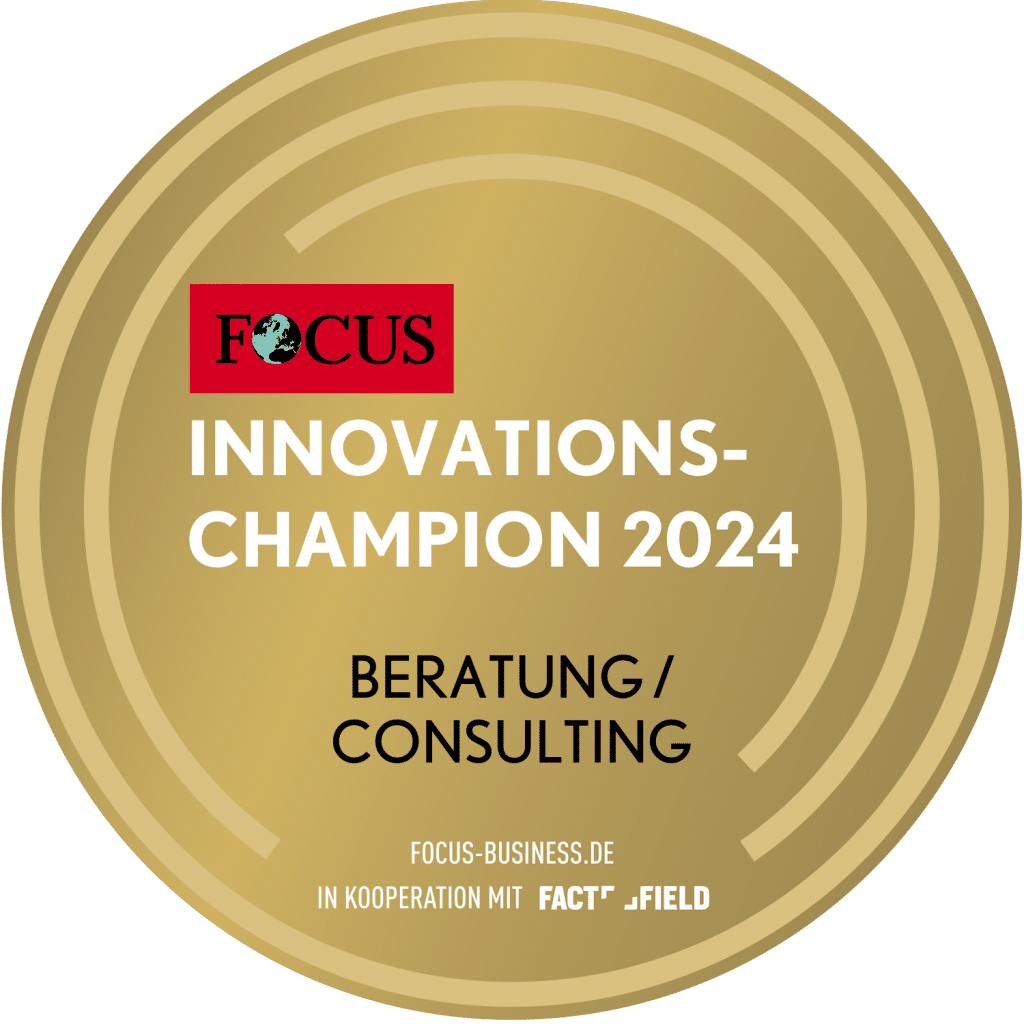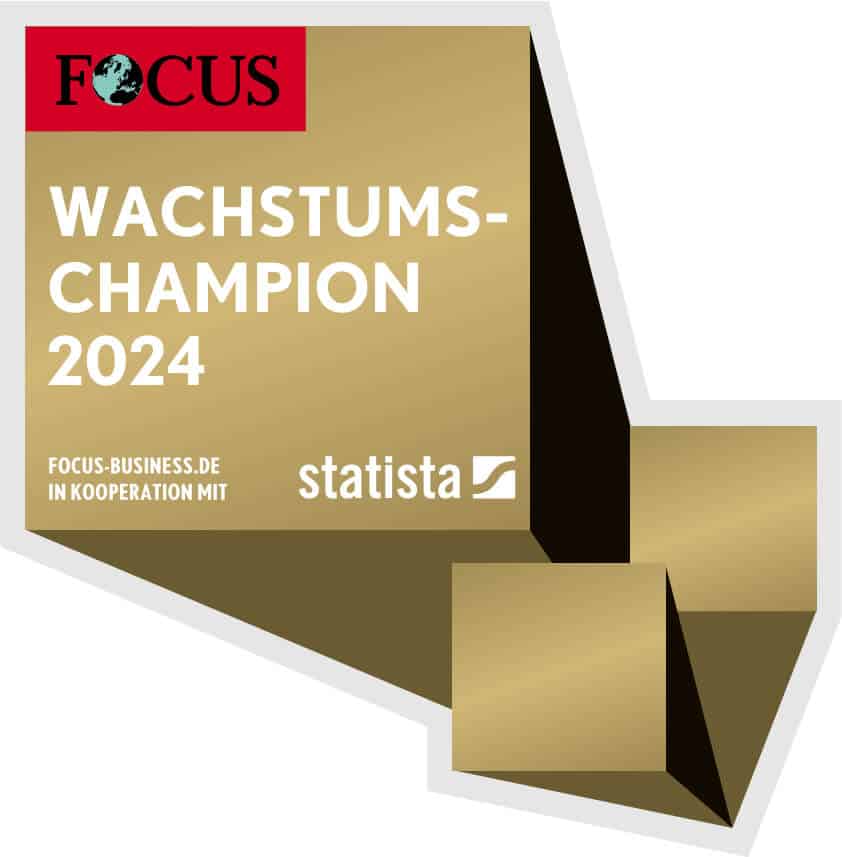TCI is supporting a leading technology group in the building technology sector with the introduction of the Scaled Agile Framework (SAFe). Scaling the agile approach in individual teams through to the entire organization is a major challenge. The rapid pace of change in today's world also forces companies to be extremely flexible and to make predictions about future developments. This in turn not only shapes day-to-day business, but also necessitates the concrete implementation of transformation in all areas of the company through cyclically timed procedures.
Future viability depends on the Scaled Agile Framework (SAFe)
For several months, TCI has been supporting a leading technology group in the building technology sector with the introduction of the "Scaled Agile Framework (SAFe)". Scaling the agile approach from a Scrum software team to hardware and mechanical development to the entire organization is a major challenge. Every technology company will have to go this way or go under in the long run! Why is that the case? What does implementation look like in practice? What works?
Let's first take a step back and look at the developments: More and more companies are recognizing the benefits and advantages of the agile approach and are therefore introducing the world's leading scaling method for agility, Scaled Agile Frameworks (SAFe).

There are two main reasons for the introduction or starting point of agile transformation. Either there is already a "fire" in the company due to changes in the market and competitors and a reaction is needed, or a proactive leadership team has recognized the need for change.
Why is that?
We live in a time of rapid change. Technological progress is advancing exponentially. The aim is not to "master" the digital transformation, but to gain the ability toto anticipate the rapid pace of change and utilize it for your company. There is no simple "business as usual" - organizations and people are required to become faster, more flexible and more agile.
What does the implementation of the Scaled Agile Framework look like in practice?
The ideal approach to introducing SAFe suggests training executives, managers and leaders early on and setting up a Lean-Agile Center of Excellence before gaining initial experience with pilot projects. When TCI was commissioned to support with an agile coach (SPC-SAFe), the program had already been set up within the development department by another external agile coach. The entire program was managed and controlled by the development manager.
When TCI was commissioned, it was important to ensure that a counterbalance was created to the development management. TCI's agile coach was to focus on coaching the site management team, product management and supporting the hardware/mechanics teams of the Agile Release Train (ART) in order to ensure a holistic approach.
What works?
The following groups play a key role in the success of the introduction of the Scaled Agile Framework (SAFe).
The Transition Team
A transition team was set up consisting of the CEO, CFO, heads of product management, development, quality and sales, as the SAFe framework and its roles and principles were hardly known outside of development.
The following results have been achieved so far:
- Kick-off - start of the team and introduction to SAFe
- Transition Team Kanban - for an overview of the activity progress of the transformation
- Enterprise Transformation Cycle (ETC) - all important aspects are taken into account
- Weekly stand-ups - high participation and commitment
- Work meetings - adoption of SAFe roles and new KPIs
- Go & See - regular participation in program meetings
- Project discussions - now directly in the project room (Kanban) instead of PowerPoints
- Training - 100 percent Lean Agile Awareness Training, or SAFe team training for employees in development, product management, purchasing, production and sales.
After several months of working together, the understanding of the agile approach and the benefits for the management become visible. Thanks to incremental development and the transparency of project progress, risks were identified a year earlier than with the traditional approach in some cases. Appropriate countermeasures were initiated.
Product management
A core role in the SAFe process is product management at program level and the product owners at team level. They are the main point of contact for the agile teams with regard to the content and backlog within the program increments (PI) or the intermediate iterations (Sprints). They represent the market and the customer and set the targets for the respective PIs and sprints.
The following results have been achieved so far:
- Training of SAFe product owners and product management roles (PO/PM)
- Coaching of line managers and SAFe roles in the program
- Empowerment of product management vis-à-vis development - counterweight
- Improvement of the Communication and Cooperation between product management and release train engineer or product owner and scrum master
- Preparation, implementation and follow-up of Program Increment (PI) Planning
- Analysis of waste and development of improvements.
Agile Release Train (ART)
The program is set up in the form of an ART, which consists of several Agile Scrum teams. It consists of cross-functional team members from different organizational units who work together continuously in the Agile Release Train (ART).
The ART is self-organizing and autonomous. A decentralized decision-making process prevents costly delays that would otherwise be caused by traditional hierarchical approvals. The PULL principle applied creates a flow.

The following results have been achieved so far:
- SAFe training for all people involved in ART - approx. 70 people
- Program backlog is prepared and coordinated by product management
- Program Increment (PI) Plannings: every three months (two-day workshop) - coordinated goals, features and commitments of the agile teams for the next three months
- Sprint (Planning, Execution, Demo, Retro) every two weeks - Plan-Do-Check-Act method
- Greater customer focus - regular customer feedback on product increments
- Continuous improvement at daily stand-up, sprint and program meetings
- Optimization of kanbans - transparency of project progress
- Improvements in the estimation of features (story points) and team velocity
- Increase productivity - Team Velocity by living the PULL principle
- Improved collaboration and communication across all organizational units
- Greatly improved Employee satisfaction.
Summary: the agile transformation works
Current interim conclusion from the customer:
"Thanks to the synchronized, short-cycle approach in conjunction with the continuous feedback, we identify problems at an early stage and can take countermeasures in good time in order to have developed the values desired by the customer at the end of the increment."
In summary, it should be mentioned that both managers and employees have recognized the added value of the agile approach after several months. Much of the content is not new. The consistent implementation of repetitive actions, the based on Scrumand the principles of the agile manifesto create a structure, mindset and approach that make agile transformation possible. It's not easy, but it's very doable.
TCI currently has agile coaches in the SAFe environment at other customers. To the topic Agility in project management Information events and workshops are currently being planned at PMI, VDI and RFH Cologne.
If you want to learn more about the Scaled Agile Framework (SAFe), visit http://www.scaledagileframework.com/ or - even better - a Leading SAFe training course. You are welcome to me directly too about SAFe or the progress of the program.
(Cover image: © Elnur / Adobe Stock)


